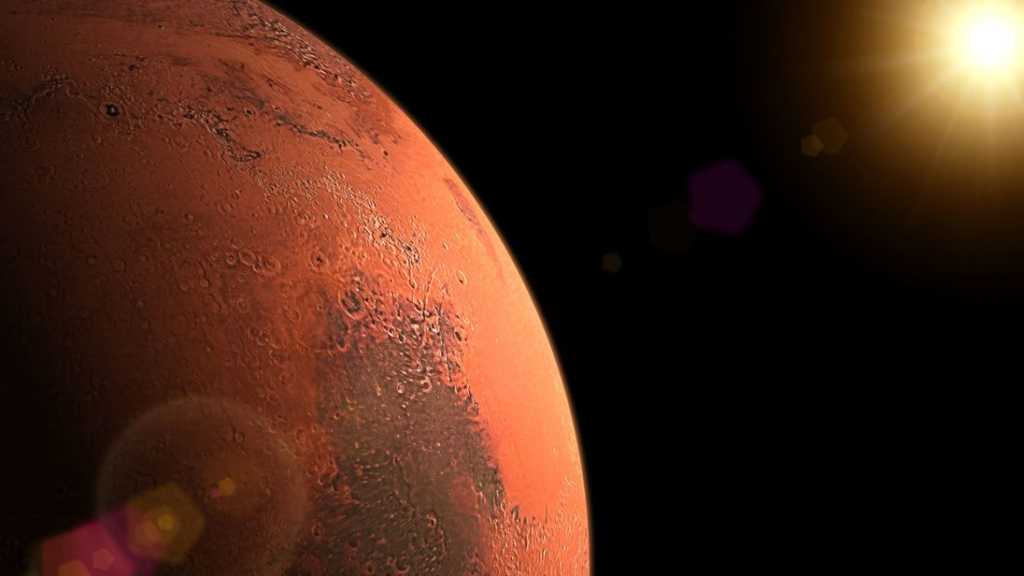In a development that raises the possibility of life on planet Mars, scientists have found a massive underground lake on the planet. The lake has been detected under a layer of Martian ice and is about 20 km wide. The findings, led by Italian researchers, have been published in the US journal Science. It is for the first time that a water body has been discovered on the red planet. Alan Duffy, an associate professor at Swinburne University in Australia seemed excited by this discovery even though he was not involved in the study and stated that “This is a stunning result that suggests water on Mars is not a temporary trickle like previous discoveries but a persistent body of water that provides the conditions for life for extended periods of time.”
Radar instruments like Marsis examined the surface and immediate subsurface of Mars by sending a signal and examining what is bounced back on sending the signal. A continuous white line was found at the top of the radar results which marked the beginning of the South Polar Layered Deposit; a filo pastry-like accumulation of water ice and dust. The researchers then spotted something unusual 1.5 km under the ice. According to Professor Orosei, it could be seen that reflections from the bottom were sharper than those from the surface region. This was taken as a sign of presence of water on the red planet.
What makes this discovery even more interesting is the fact that Mars was not always the cold, barren and dry planet that it is now. Around 3.6 billion years ago it was home to plenty of lakes and liquid water in other forms. Scientists are now eager to find traces of water on Mars, because such discoveries are key to unlocking the mystery of whether life ever existed on Mars or it might be present even today. Being able to access water sources could also help humans survive on a future mission to the red planet. However, the water in this lake would not be fit for consumption given that it lies almost 1.5 km beneath the icy surface of Martian rocks in a harsh and frigid environment. It may also be having great amounts of salt dissolved in it due to which it remains liquid even at abysmally low temperatures.
Earlier, it had been discovered that the contours seen on Mars today might have been created by run-off rainwater on the Earth’s neighbouring planet. In fact, it came to light that branching angles of the valleys on the red planet bore stark similarity to those found in the arid landscapes on Earth. Scientists therefore strongly believe that there must once have been enough water on Mars to sustain water streams that incised their path into the soil.
This is undoubtedly a historical event as far as the search for life on our neighbouring planet is concerned. For a long time there have been attempts to discover possibility of life on Mars which now seems even more plausible with the discovery of water on the red planet. Dr. Manish Patel from the Open University said that “We have long since known that the surface of Mars is inhospitable to life as we know it, so the search for life on Mars is now in the subsurface.” Dr. Patel elaborated that this discovery is significant in the sense that it gives us the location of where to look for life on Mars.
